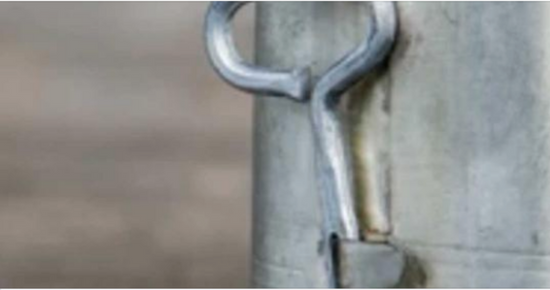
A lot of people no longer know this thing. Legends are the only ones who know. Know this:
In the fast-paced world of cooking today, full of high-tech gadgets, we tend to forget how kitchen tools got their start. Think about how opening a can of food has changed over time. What is now an easy button push required skill and the clever can opener key. Let’s go back in time to learn about how this once-essential cooking tool got started, how it became popular, and how it slowly lost its popularity.
In the late 1800s, as canned food became more famous, it became important to have an easy way to get to these metal containers. Even though it’s not at all like electric can openers, the can opener key was a very important invention that changed the way we ate canned goods. Before it was invented, opening cans was a dangerous and time-consuming task that usually required sharp knives, chisels, and tools, which could have hurt people and wasted food.

Using a can opener key took skill and care, which is very different from how easy it is to use an electric opener today. It had a sharp blade and a handle that could be turned. People would put the blade into the lid of the can and turn the handle to slowly pierce and cut through the metal. This method, which was safer and worked better than the others, made canned food easier to get and more popular, even in remote places.
Many people think of a slower time when they hear the can opener key. It represents a time when things were simpler and people were excited about opening cans. It also represents a time when people were resourceful and self-sufficient, which is different from today’s mindset of throwing things away.
But around the middle of the 20th century, better ways to open cans started to make the can opener key less useful. Electric and hand-held rotary can openers made opening cans faster and easier, so the can opener key slowly disappeared from the cooking world.
The can opener key is still a beloved relic of the past among collectors and history buffs, even though it’s not commonly found in modern kitchens. It shows how creative our ancestors were and how hard they worked to make canned food available to everyone.
Leave a Reply